Text
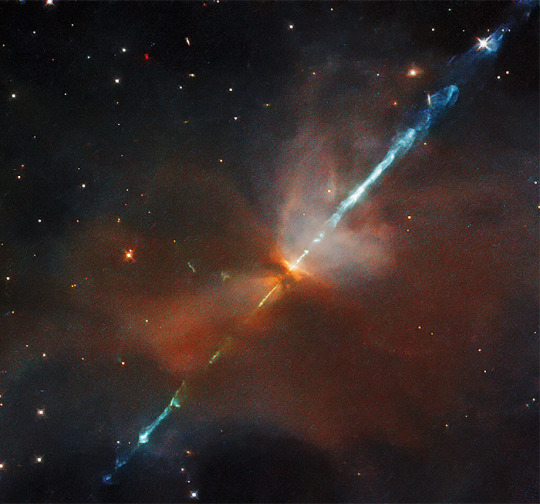
Cosmic "lightsaber" —HH111 Stellar Jet l Hubble
1K notes
·
View notes
Text
More secret pets in the GAR
Remember the little critter I told you about here?
Well guess what, it didn't just play with the other critter from the other squad. 😏
Look what they made!!!
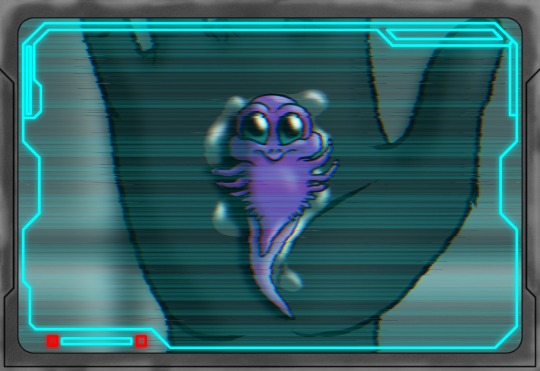
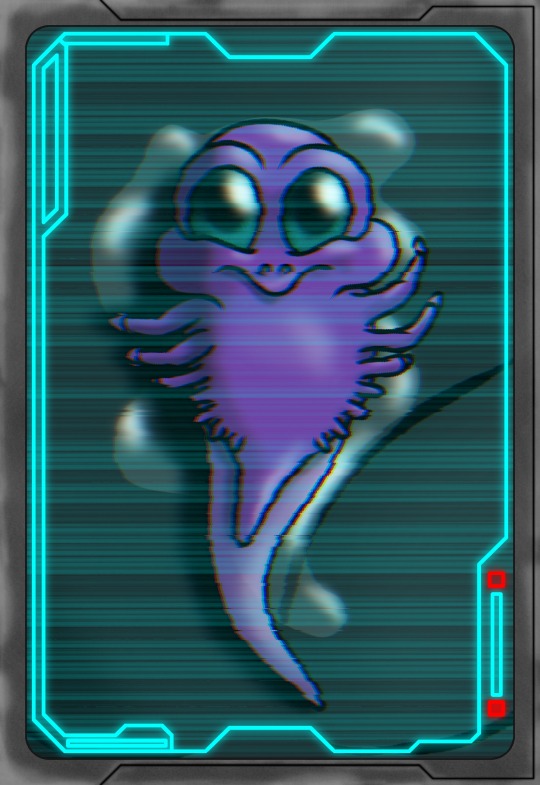
That's my hand by the way, I got to hold it. 🥹
There are 13 more like it. Some of them are green and some are purple like this one. They're all so small and squishy and a bit slimy. But they're very cute when they nibble on things. Now we all set aside small pieces of our ration bars to feed them.
13 notes
·
View notes
Photo




“There it is, Arfour. Right where it should be. Our missing planet, Kamino.”
Kamino, called Planet of Storms, was the watery world where the Clone Army for the Galactic Republic was created, as well as the Kamino Home Fleet. It was inhabited by a race of tall, elegant beings called the Kaminoans, who kept to themselves and were known for their cloning technology. Kamino was located just south of the Rishi Maze, and was governed by the Ruling Council, headed by the Prime Minister.
Kamino was in a system of 13 planets orbiting an aging star south of the Rishi Maze, a dwarf satellite galaxy in a decaying orbit in a loose sector of unnamed grouping of stars between the Rishi Maze and the main galaxy. The stormy waterworld of Kamino was located in Wild Space region beyond the Outer Rim. It was the fifth of the thirteen planets in the system. The planet orbited an aging star called Kamino and had three moons that orbited the planet itself, including Korasa. The planet was composed of a molten core with a rocky mantle and silicate rock crust. Climatic change had long ago submerged the planet’s continents, drowning the planet under a global ocean that covered almost all of the surface, with a few islands left that were once mountains. These mountain-tips though, were rained on almost incessantly. However, the surface of Kamino was not always subject to constant rain, as such was in a Separatist attack to gain a DNA sample of Jango Fett. Its savage storms and powerful lightning bursts could be seen vaguely through its relatively thick atmosphere.
12 notes
·
View notes
Text
Secret pets in the GAR
One of my new squad mates has a pet. I didn't even know what that was until he explained it to me. (For those who don't know: A pet is a creature for you take care of and to keep safe. And making them happy and watching them do stuff is fun.) We're not actually allowed to have those, but he smuggled it aboard the ship a while ago and keeps it hidden. (I'm not sure if our Sergeant really doesn't know about it, or if he's looking the other way. I'm thinking the latter, because he's been very supportive of us trying out new things. But he doesn't have the authority to allow this kind of stuff either, so we all have to be sneaky, so he can pretend not to know. At least that's what a friend told me.)
It looks a bit like this:

I know, it looks strange, but it's actually really friendly. It only pinches you with those claws if you scare it (Which seems fair to me). But if you hold ration bar crumbs in front of it, it sometimes crawls onto your palm and eats them there.
My squad mate has been trying to train it. It comes when he calls it with this little clicky noise, but that's about it. He's trying to get it to pinch things on command, but that hasn't worked out so far. (Might be better that way. Wouldn't want it to get hurt because of that.)
There is another squad in our platoon that has one of these little critters, but I didn't get to see it up close yet. My squad mate promised to let me tag along the next time they meet up to let the critters play together.
11 notes
·
View notes
Photo
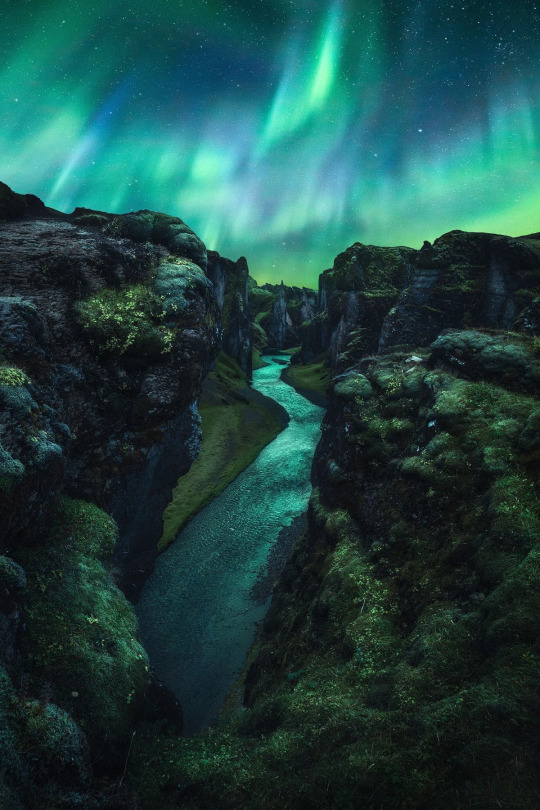
Iceland | benstraussphotography
8K notes
·
View notes
Photo

N11: Star Clouds of the LMC : Massive stars, abrasive winds, mountains of dust, and energetic light sculpt one of the largest and most picturesque regions of star formation in the Local Group of Galaxies. Known as N11, the region is visible on the upper right of many images of its home galaxy, the Milky Way neighbor known as the Large Magellanic Cloud (LMC). The featured image was taken for scientific purposes by the Hubble Space Telescope and reprocessed for artistry. Although the section imaged above is known as NGC 1763, the entire N11 emission nebula is second in LMC size only to the Tarantula Nebula. Compact globules of dark dust housing emerging young stars are also visible around the image. A recent study of variable stars in the LMC with Hubble has helped to recalibrate the distance scale of the observable universe, but resulted in a slightly different scale than found using the pervasive cosmic microwave background. via NASA
1K notes
·
View notes
Photo

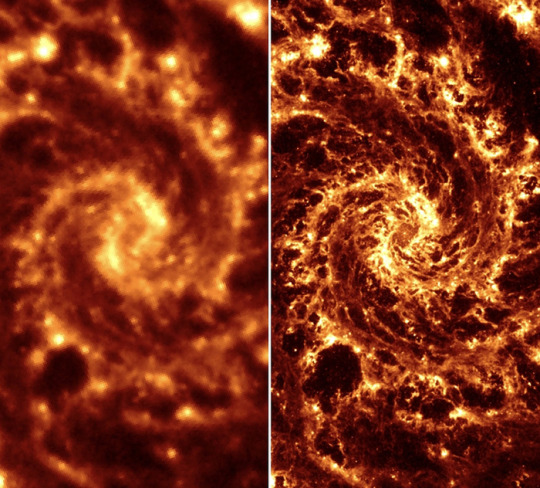
A star is born: Images of nearby galaxies provide clues about star formation
It is a popular notion that aside from large celestial objects like planets, stars and asteroids, outer space is empty. In fact, galaxies are filled with something called the interstellar medium (ISM) — that is, the gas and dust that permeate the space in between those large objects. Importantly, under the right conditions, it is from the ISM that new stars are formed.
Now researchers from the University of California San Diego, in collaboration with a worldwide project team, have released their findings in a special issue of The Astrophysical Journal Letters dedicated to their work using advanced telescope images through the JWST Cycle 1 Treasury Program.
“With JWST, you can make incredible maps of nearby galaxies at very high resolution that provide amazingly detailed images of the interstellar medium,” stated Associate Professor of Physics Karin Sandstrom who is a co-principal investigator on the project.
Although JWST can look at very distant galaxies, the ones Sandstrom’s group studied are relatively close at about 30 million light years away, including one known as the Phantom Galaxy. Also known as M74 or NGC 628, astronomers have known of the Phantom Galaxy’s existence since at least the 18th century.
Sandstrom, along with postdoctoral scholar Jessica Sutter and former postdoctoral scholar Jeremy Chastenet (now at University of Ghent), focused on a specific component of the ISM called polycyclic aromatic hydrocarbons (PAHs). PAHs are small particles of dust — the size of a molecule — and it’s their small size that makes them so valuable to researchers.
When PAHs absorb a photon from a star, they vibrate and produce emission features that can be detected in the mid-infrared electromagnetic spectrum — something that typically doesn’t happen with larger dust grains from the ISM. The vibrational features of PAHs allow researchers to observe many important characteristics including size, ionization and structure.
This is something Sandstrom has been interested in since graduate school. “The Spitzer Space Telescope looked at the mid-infrared and that’s what I used in my Ph.D. thesis. Since Spitzer was retired, we haven’t had much access to the mid-infrared spectrum, but JWST is incredible,” she stated. “Spitzer had a mirror that was 0.8 meters; JWST’s mirror is 6.5 meters. It’s a huge telescope and it has amazing instruments. I’ve been waiting a very long time for this.”
Even though PAHs are not by mass a big fraction of the overall ISM, they’re important because they’re easily ionized — a process that can produce photoelectrons which heat the rest of the gas in the ISM. A better understanding of PAHs will lead to a better understanding of the physics of the ISM and how it operates. Astrophysicists are hopeful JWST can provide a view into how PAHs are formed, how they change and how they’re destroyed.
Because PAHs are evenly distributed throughout the ISM, they allow researchers to see not just the PAHs themselves, but everything around them as well. Previous maps, such as ones taken by Spitzer, contained much less detail — they essentially looked like galactic blobs. With the clarity JWST provides, astrophysicists can now see gas filaments and even “bubbles” blown by newly formed stars, whose intense radiation fields and resulting supernova evaporate the gas clouds around them.
To get observation time on JWST, the Cycle 1 Treasury Program team had to design observations that included details such as exposure length and filters. Once their submission was accepted, Space Telescope Science Institute, which is responsible for the science and mission operations for JWST, captures and processes the data. This program includes data from 19 galaxies in total.
The Cycle 1 Treasury Program is part of a bigger project called PHANGS (Physics at High Angular Resolution in Nearby GalaxieS). PHANGS studies star formation and the ISM using multi-wavelength images from the Atacama Large Millimeter Array (ALMA) and the Very Large Telescope, both in Chile. However, because the dense clouds in which star formation happens contain a lot of dust, it is difficult for optical light to penetrate to see what’s happening inside. Using the mid-infrared spectrum allows researchers to use that same dust and its bright emission to get high-resolution, detailed images.
“One of the things I’m most excited about is now that we have this high-resolution tracer of the ISM, we can map all kinds of things, including the structure of the diffuse gas, which has to become denser and molecular for star formation to occur,” said Sandstrom. “We can also map the gas surrounding newly formed stars where there is a lot of ‘feedback’ such as from supernova explosions. We really get to see the whole cycle of the ISM in a lot of detail. That is the core of how a galaxy is going to form stars.”
TOP IMAGE….NGC 7496 lies over 24 million light-years away from Earth in the constellation Grus, and is one of 19 galaxies targeted for study by PHANGS. Its spiral arms are filled with cavernous bubbles and shells overlapping one another in this image from JWST’s Mid-Infrared Instrument (MIRI). These filaments and hollow cavities are evidence of young stars releasing energy and, in some cases, blowing out the gas and dust of the interstellar medium surrounding them. At the center of NGC 7496 is an active galactic nucleus – another way to refer to an active supermassive black hole. (cr: NASA, ESA, CSA, Joseph DePasquale/STScI)
LOWER IMAGES….A side-by-side comparison of NGC 628 (Phantom Galaxy) images taken from the Spitzer Space Telescope (l) and JWST ® show a remarkable increase in clarity and detail. CREDIT SST cr: NASA/JPL-CalTech; JWST cr: NASA, ESA, CSA, STScI
46 notes
·
View notes
Text
Did you know that there are some really amazing views on a Venator? (That's Venator-class Star Destroyer for those who don't know. My company is stationed on one at the moment.)
After our training drills today, someone showed me this spot in the back of the ship where you can see the engines. If you're lucky enough to be there when they start up, you can can see this. (I can't show actual footage of the ship for security reasons, so I had to cut that part and doodle over it.)
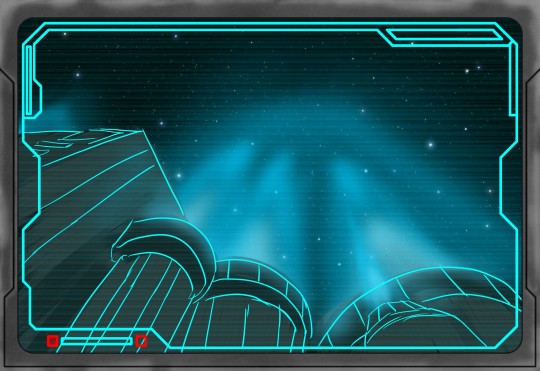
I'm really lucky, I have someone to show me all of this, and I can't wait to see more.
#not quite astronomy#Venator-class Star Destroyer#clone trooper#clone trooper stories#clone trooper culture#CT-1704/0406
15 notes
·
View notes
Text

Known for its iconic blue stars, the Pleiades is shown here in infrared light where the surrounding dust outshines the stars. Three infrared colours have been mapped into visual colours. The base images were taken by NASA's orbiting Wide Field Infrared Survey Explorer (WISE) spacecraft. Cataloged as M45 and nicknamed the Seven Sisters, the Pleiades star cluster is situated in a passing dust cloud. The light and winds from the massive Pleiades stars preferentially repel smaller dust particles, causing the dust to become stratified into filaments, as seen.
Image Credit: NASA, WISE, IRSA, Processing & Copyright : Francesco Antonucci
227 notes
·
View notes
Text
i wanna know about the weird urban legends the clones have when theyre growing up on kamino!! like im up for the silly stuff that the older batches come up with to mess with their younger siblings
they say if u start too many pillow fights in ur barracks, the aiwha will swoop in and start poking u with their noses
leave ur boots outside ur locker too many times and the boot beekmonkey will eat them and u will have to suffer obstacle courses in ur socks
#I got a few of those#I'll try to write them up when I'm not on duty#did you see the one about the spongeworm?
100 notes
·
View notes
Text
The story of the lucky three-tailed Kaminoan Spongeworm
So there was this myth floating around back on Kamino: The lucky three-tailed Spongeworm
First thing you need to know about Kaminoan Spongeworms is that they only have two tails, they're really slow, and they stick to the stilts of Tipoca City.
They kind of look like this (Can't really draw, sorry):

Sometimes, when we did amphibious training drills near the stilts, we could see them crawl up and down on them grazing for algae. One of my batchmates heard from one of the older cadets that one of his batchers swore he saw one with three tails. Of course, everyone said he must have a defect in his optical nerve, because there is no such thing. And then someone else said they saw one too. And they both said, that they only saw it for a second or two and that it quickly scurried away.
Yeah, right! Total Banthacrap! Spongeworms don't do anything quickly! That's why we called the slowest cadet on the running track The Spongeworm. Because he's slow.
Anyway, the next day, both of them were choosen for specialized training. One became a Dive Trooper and the other was trained as a Medic. And then it happened again and again. At least twelve cadets, that I know of, saw a three-tailed Spongeworm and then got chosen.
So of course, every time we went into the water, we would keep an eye out for a Spongeworm with three tails for good luck.
I never saw one of them, but sometimes I wonder what specialty I would've gotten if I did.
#writing#clone trooper#clone trooper stories#growing up on Kamino#three-tailed Spongeworm#clone trooper culture#CT-1704/0406
50 notes
·
View notes
Text
If you're reading this...
go write three sentences on your current writing project.
338K notes
·
View notes
Text
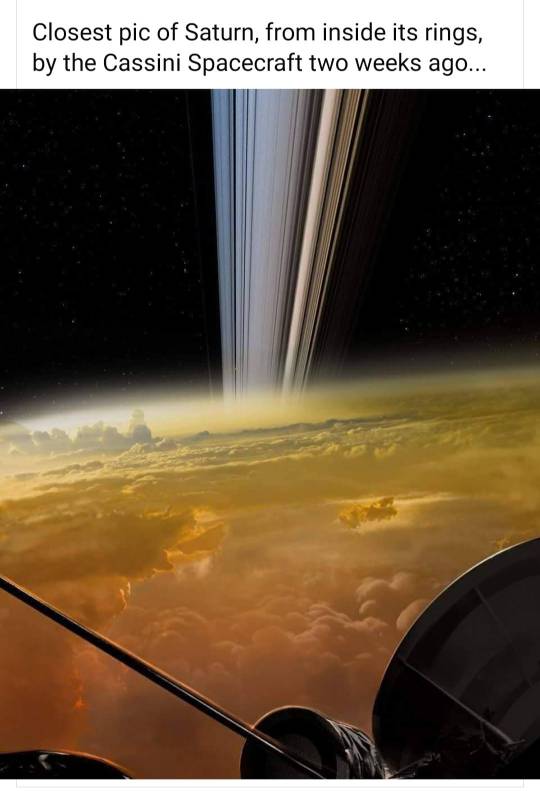
108K notes
·
View notes
Photo
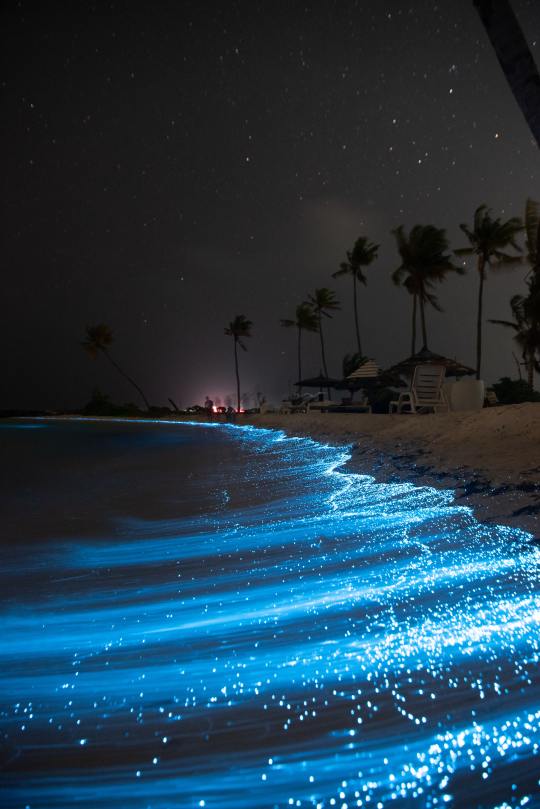

Huraa, Maldives by Ahmed Nishaath
10K notes
·
View notes
Photo
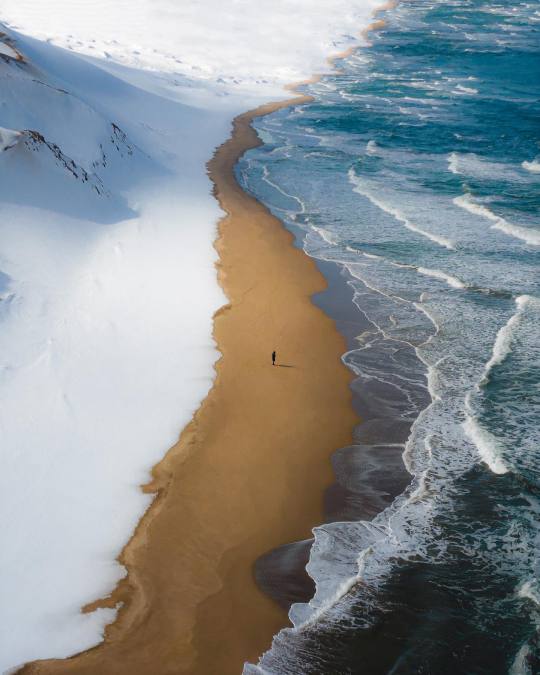
“ A walk along the ocean shoreline “ // Hisa
332 notes
·
View notes
Photo
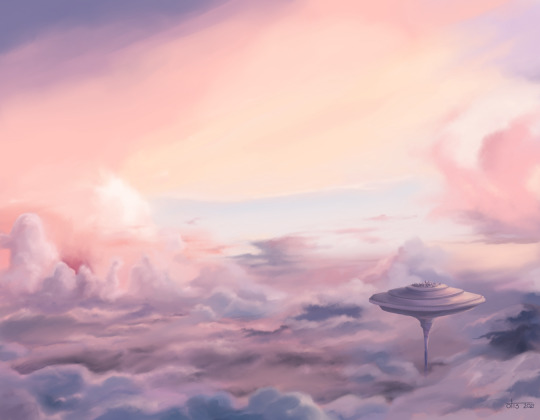
My version of the Cloud City on planet Bespin from the Star Wars.
18 notes
·
View notes
